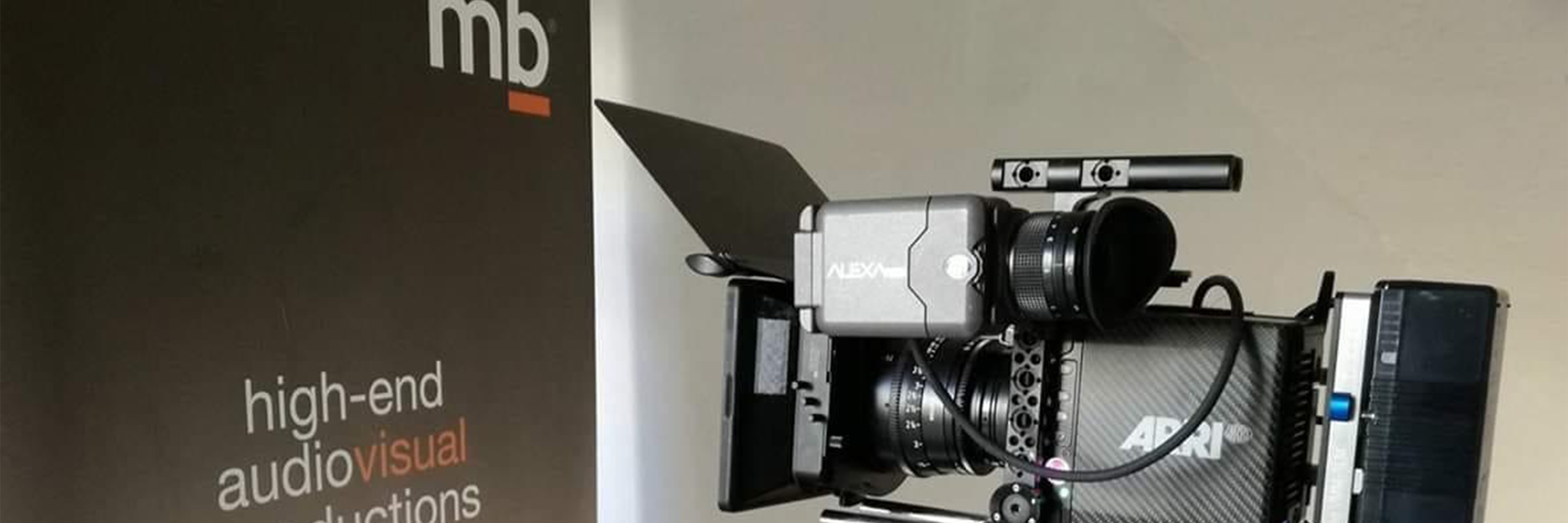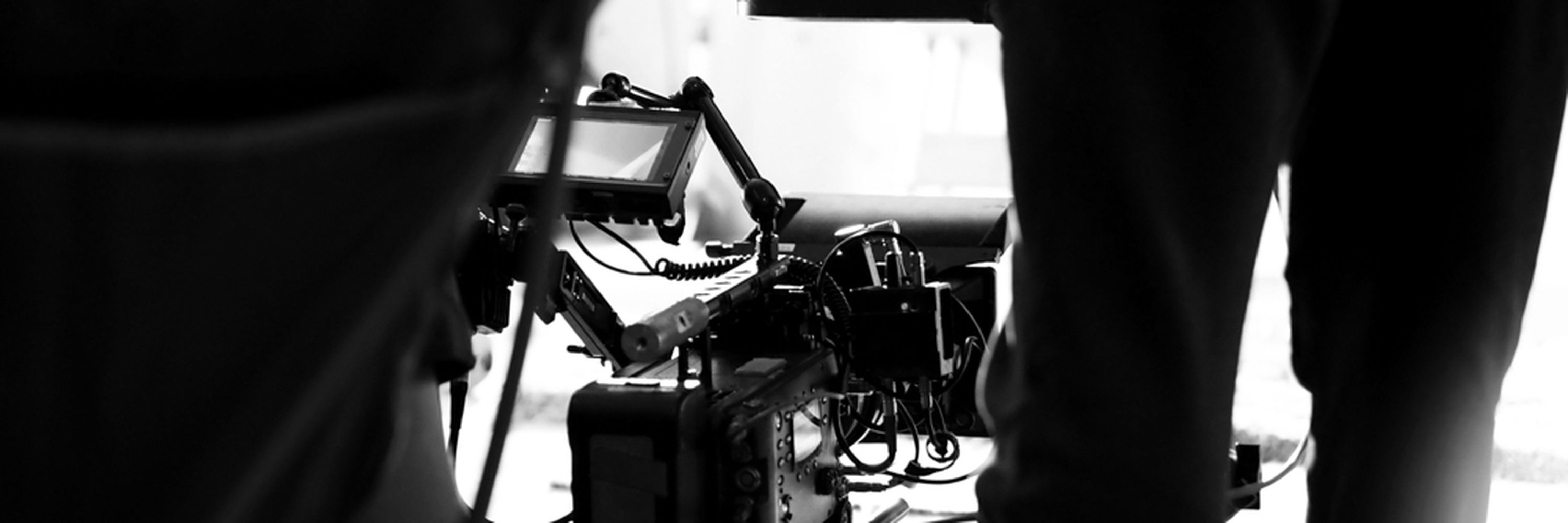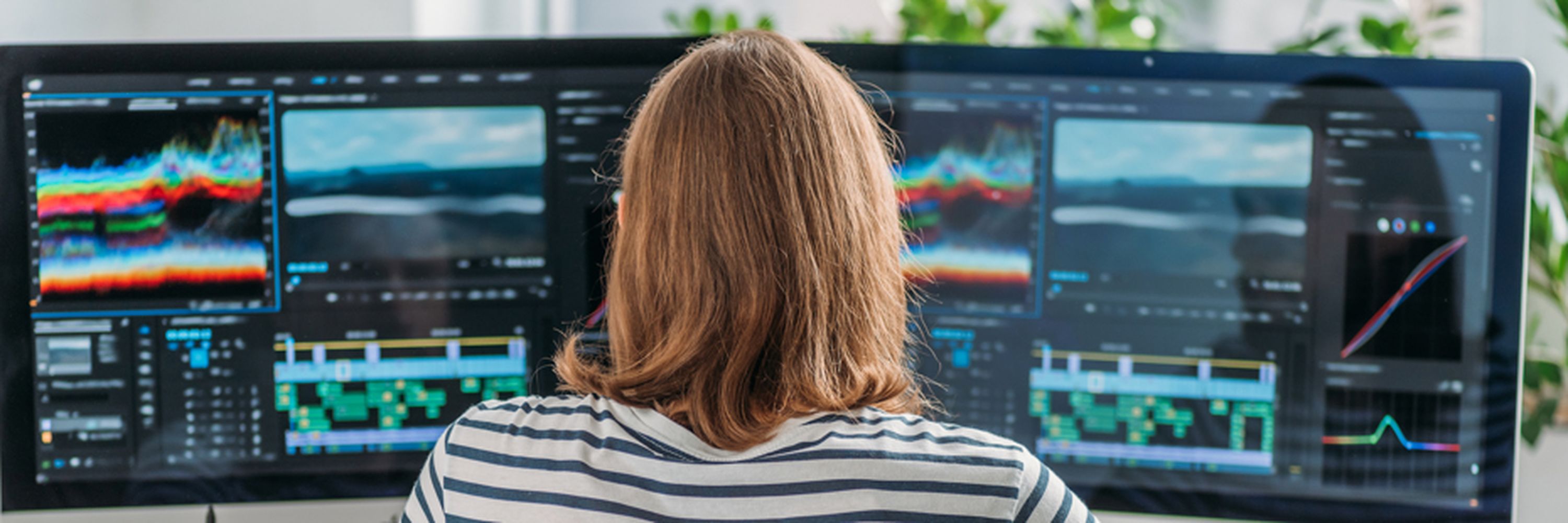What is a media production house?look good on social media, television and beyond

Several people might ask, what is a production house? What do they do and why might you ask for their services? Then if you did, how much would it cost?
We’ll try to answer a number of these questions and more.
So, what is a media production house?
Basically, it is a firm that creates media, several kinds of media, ranging from articles like this one to tv productions and even film.
In these articles, we will mostly focus on motion blur. So what does motion blur do?
The bulk of the work is video adverts, which traditionally used to be shown on tv, but which now you’re more likely to watch on social media, probably Facebook, maybe google ads, YouTube, you name it.
So how do we get to do these videos? Generally, a firm, a shop or an organisation decides it needs some promotion, usually to sell more of its products or services and decides to approach a professional company for the job.
That's when motion blur enters the picture. How do we go from there? Very often the company wants to sell a particular product and service, let’s say it’s a restaurant that wants to sell more covers during the week.
The restaurant owner or maybe the marketing guy approaches us, with a vague idea, let’s say it is a new restaurant, who’s looking for a new clientele to expand its operation.
Usually, we start with a meeting where we ask lots of questions to understand the product and its target audience, we try to understand the qualities of the service, who is inclined to buy it and how best to communicate the message. We brainstorm a bit with the client, trying to come up with an effective idea that would deliver.
Then we offer two or three different proposals, with a different budget so that the client can choose what they prefer according to their needs and budget. At this stage, we also write up a draft script for each proposal, so that the client has a good idea of what to expect in the final product.
Then it’s time to develop the script, we fine-tune the message and tailor it to the locations we have in mind and the actors we intend to cast.
After that, we’re fully engaged with the pre-production process. We find the right locations for shooting, find the actors we need and prepare all kinds of props and material for the shoot. Depending on the job at hand, we might acquire the services of specialised light people or set builders.
Then it is time for the big day or days. We start the filming. Now filming depends greatly on the complexity of the shoot. Some are plain and simple one or no actors, in one location with natural lights. Others require the coordination of multiple actors and extras, various locations, complex expensive action, lights and even effects.

A shoot might require just an hour or two of filming or even days. It depends on the project.
After filming, it is time for the post-production, as implied in the name, it is what happens after the production, after filming. The most basic is of course the editing, where we select the best clips from all that was filmed. The clips are then placed together, one after the other, in a coherent way.
To that, we add the music, one or more voiceovers when needed and some sound effects if the project calls for that. All the sounds, together with the ambience filmed on set are mixed together to form a soundtrack that is complimentary to the visuals.
The visuals, as well, get a good makeover. The colour, the general look and the feel of the images are changed to get a consistent look throughout, one that can even change according to the mood which is portrayed by whatever is happening on screen. The images are changed, among others by modifying the brightness, the exposure and even the colour tint of the images. This part of the process, like most other parts of the process in creating audiovisual productions, is as much a science as it is an art. The colourist must adhere to strict technical limits while at the same time change the picture artistically to match the look of the previous shots and the ones after while giving it a particular feel, even though the images were often shot in very different conditions, that each requires a whole set of different tweaks to obtain the desired result.
After that, we might add some graphics to the visuals. These graphics help to get the message through and might range from simple subtitles to some 3D titles reminiscent of Hollywood movie titles. After that, and changes that might be required, it is time for the final export. The export is the final product we have been working hard on for so long, it is what the public finally gets to see.

We export to different formats, according to the client’s need. Nowadays, an export for social media is a must. Usually, we export to an mp4 file with an h264 compression. This allows for a high-quality video that is quite small in size. It is convenient to upload on various social media platforms as it does not take too long to upload and keeps a very good level of quality.
Sometimes we might need to reformat and reframe for platforms, on occasions where we require a more squarish format, for example, some simple videos look better in portrait mode on Facebook or Instagram.
Then when required, we also export for television. Usually, local television stations require the video packaged in an MXF container. The format is less compressed than h264 and is thus a much bigger file.
Now it is time for our work of art to spread its wings and fly to as big an audience as it could possibly get. Of course, even the greatest of masterpieces would be useless if no one gets to see it. We make videos for people to see them, clients pay us so they can get their message across to as many people as possible, thus we want our videos to be seen and then seen again and again.
Getting your video to be seen, is once again, science as much as an art. Of course the more money you can throw in to distribute the video, the more it will be seen, however, money is a very limited resource and thus we optimise every cent spent.
It all starts with the origination of the concept and idea. If it is a video people like watching, they can tell others about it, they can show it to others or share it on their timeline. Those who watch it feel good watching and it does not feel like they are being shoved some advert in their face, they will watch it and be entertained.
The advert will give them value rather than waste their time. Of course, there are different types of videos, some of which are purely informative, that just pass on information, like we do this and that or a sale is now on and then there are others which play on the emotional side, that portray a feeling an emotion, even sometimes while showing you how to use a product, or why you need a product, but several times, you only get to know it is an advert for a particular brand only in the end when the final caption with the logo shows on screen.
These type of videos are the ones that leave more of an impact, of course, they are the ones people will remember but there is a caveat. These type of adverts generally serve to kindle interest for a brand but most often the brand must already be a household name, it is useless advertising a brand x if nobody knows what this brand does. We usually circumvent this problem by showing a beautiful story and then add a few more seconds with a caption with the logo and a slogan that explains what you need to know in a few seconds.
These adverts are also the cheapest to distribute since, as explained before, they mostly distribute themselves. We often still need to help a video get off the ground though. Social media is no longer the fertile ground it used to be for viral videos. The place is getting busier by the minute, more and more people are generating content, any video, any post, any word is competing against a multitude of material coming from all over the world, it is really, really hard to stand out in the crowd. It has gotten a lot more expensive too.
While some videos do make it organically, just through several people actively sharing it, most need a helping hand and this help usually means forking out some money to become favoured by the gods of social media. Now back when social media was still in its infancy, an investment of €25 used to get you far, it turned a video with very few views into a moderately successful one. Nowadays you need a good €500 to achieve the same success.
So besides budgeting to produce a good video, which is really important, it is equally important to budget for its distribution. Back in the day, most of the budget used to go for buying television airtime and the budget had to be quite substantial. Thus we ended up having huge spending on what we call media buy and having a crappy production. It really doesn't make sense to spend lots of money showing something which does not represent you or which is not worth showing.
Nowadays thankfully, while the spending on social media has increased, as you need more bucks to be effective, the spending required is only a tiny fraction compared to what you would have had to spend on television. For the price of showing one thirty seconder on prime time television, with an approximate audience of around 40,000, at best, for the same price on social media you get up to 200,000 views.
